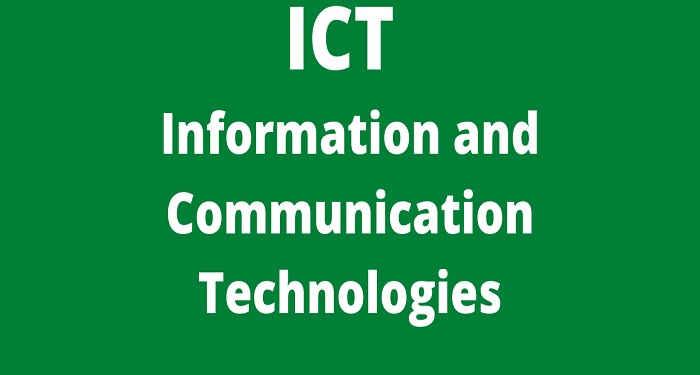If you’re considering enrolling your child in an ICT class, there are a few things to keep in mind. Teachers in this type of classroom need to be certified in special education and the DOE requires two teachers in an ICT class to be general education certified. If one teacher refuses to follow the guidelines, the student may have to file a complaint with the UFT and a liaison will contact the school administration. If the school district doesn’t respond within 48 hours, you can file a complaint with the UFT liaison.
Regardless of the student’s ability to learn, the classroom needs to have adequate resources and a knowledgeable teacher. A special education teacher must be assigned to each ICT class. A general education teacher must also be assigned to the class, and must be licensed in the content area the class teaches. If the general education teacher isn’t available, a substitute may be assigned to teach the class. Regardless of the situation, co-teachers must collaborate in order to ensure that all students are making progress.
Another issue is large class sizes. This can cause technical support for students to be inefficient and reduce the confidence of teachers. A good technical support system is essential for both teachers and students. It also builds teacher confidence in the use of technology in the classroom. The following issues are common in a school’s ICT class. There are several ways to support teachers with the use of technology in the classroom. One way is to have a dedicated staff member for students who have questions.
The students’ IEPs count toward the number of students with disabilities in an ICT class. If a student’s IEP doesn’t specify that he or she should receive ICT instruction, it may be time to move them into a general education class. If the school doesn’t address this issue, a union member can file a special education complaint on behalf of the student. And if the students in the ICT class aren’t able to benefit from it, he or she should contact the federal education department.
There are several benefits of integrating technology into a physical education class. It can enhance the overall quality of a PE class by facilitating collaborative learning. Students will benefit from personalized services and collective intelligence provided by ICT. Students can even analyse their activity radius and organizational tactics through data analysis. If a teacher is involved in the process and makes use of the data provided by ICT in PE classes, the lesson will be more meaningful and effective.
There are a number of challenges that preservice teachers face when using ICT in their classrooms. For example, large class sizes complicate ICT integration and adoption. As a result, students lose interest in technology if teachers don’t provide the necessary support. The results of this study can be used to improve future PE class technology implementation. So, the first step towards improving PE technology in Korea is ensuring that PE teachers are equipped with the latest educational technologies.













